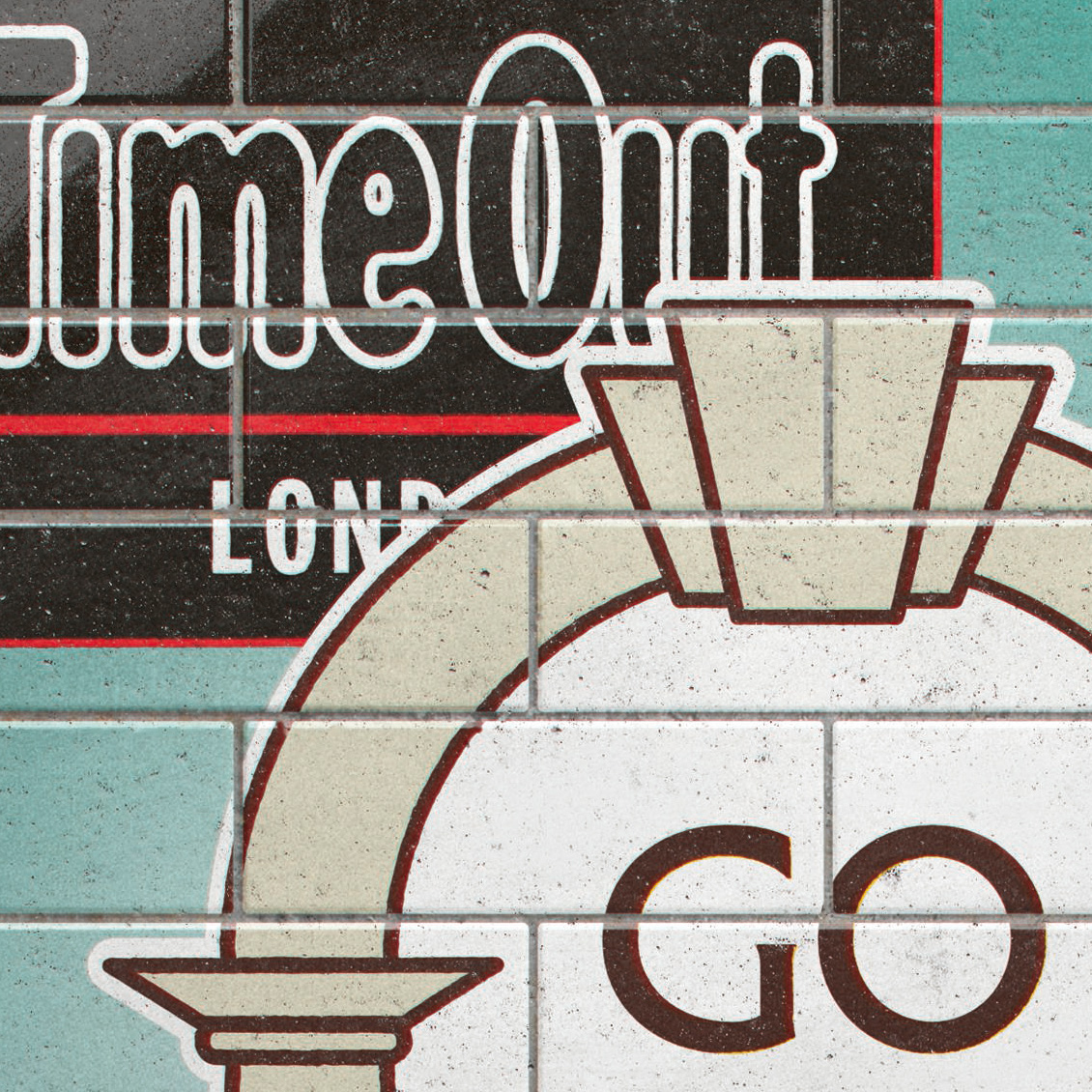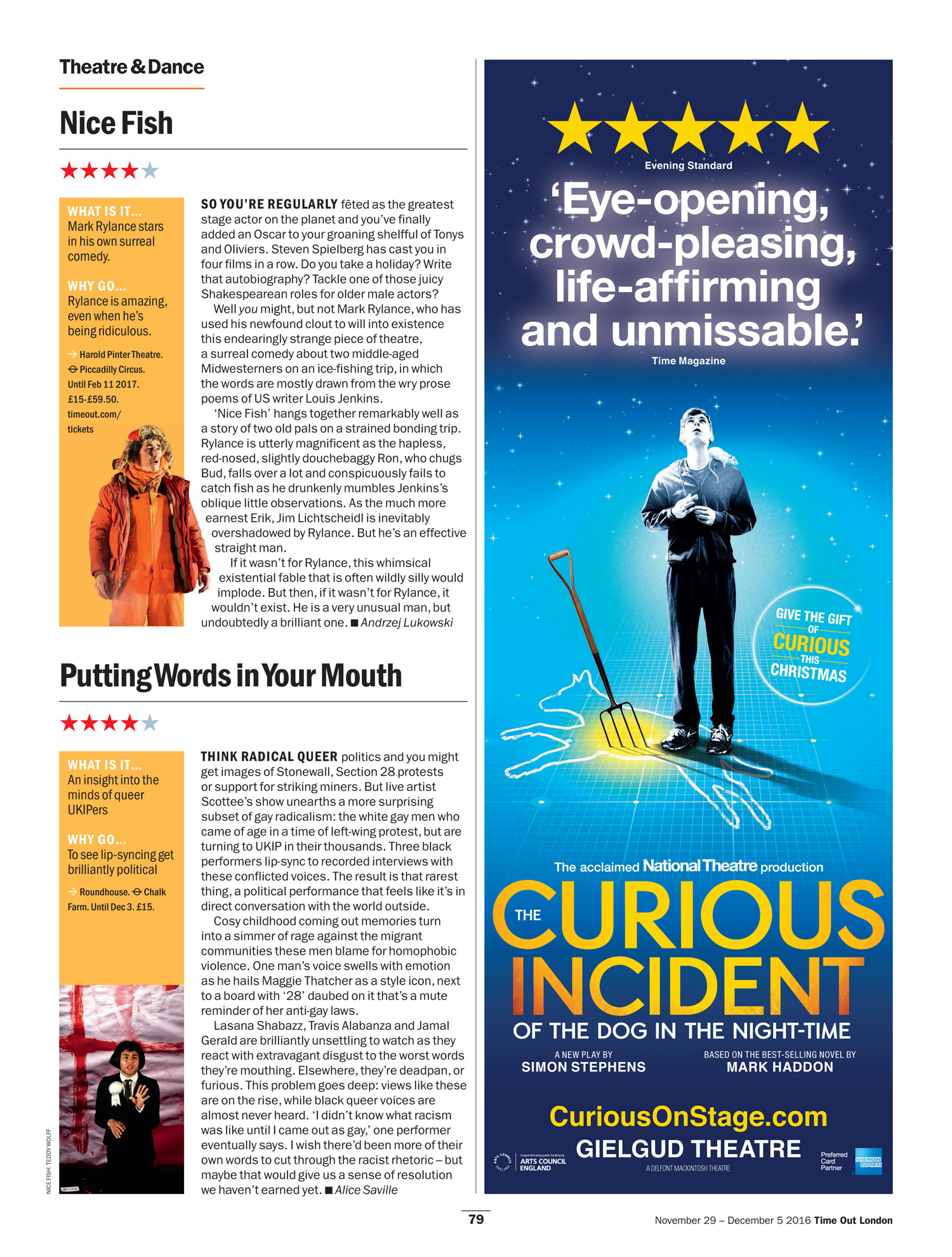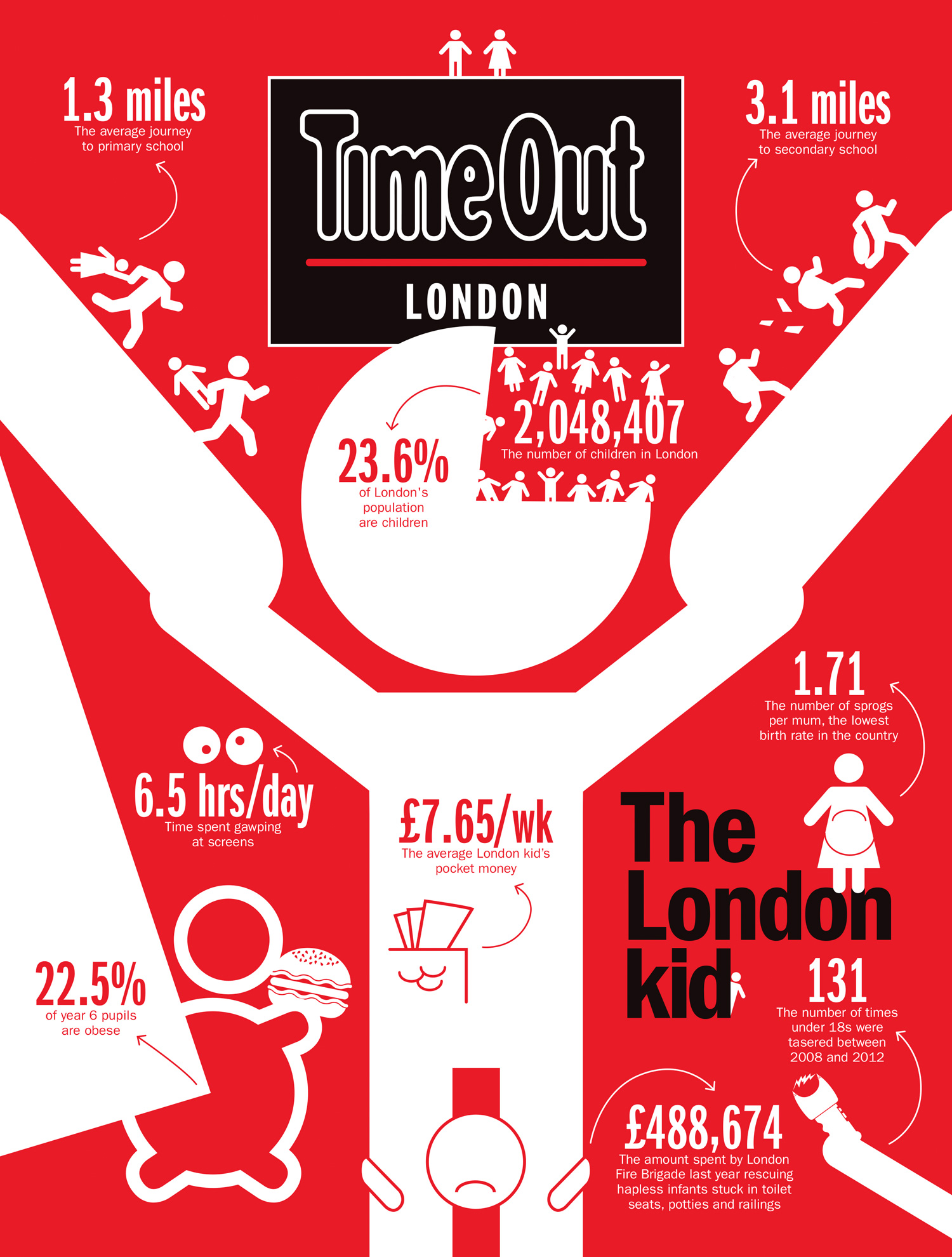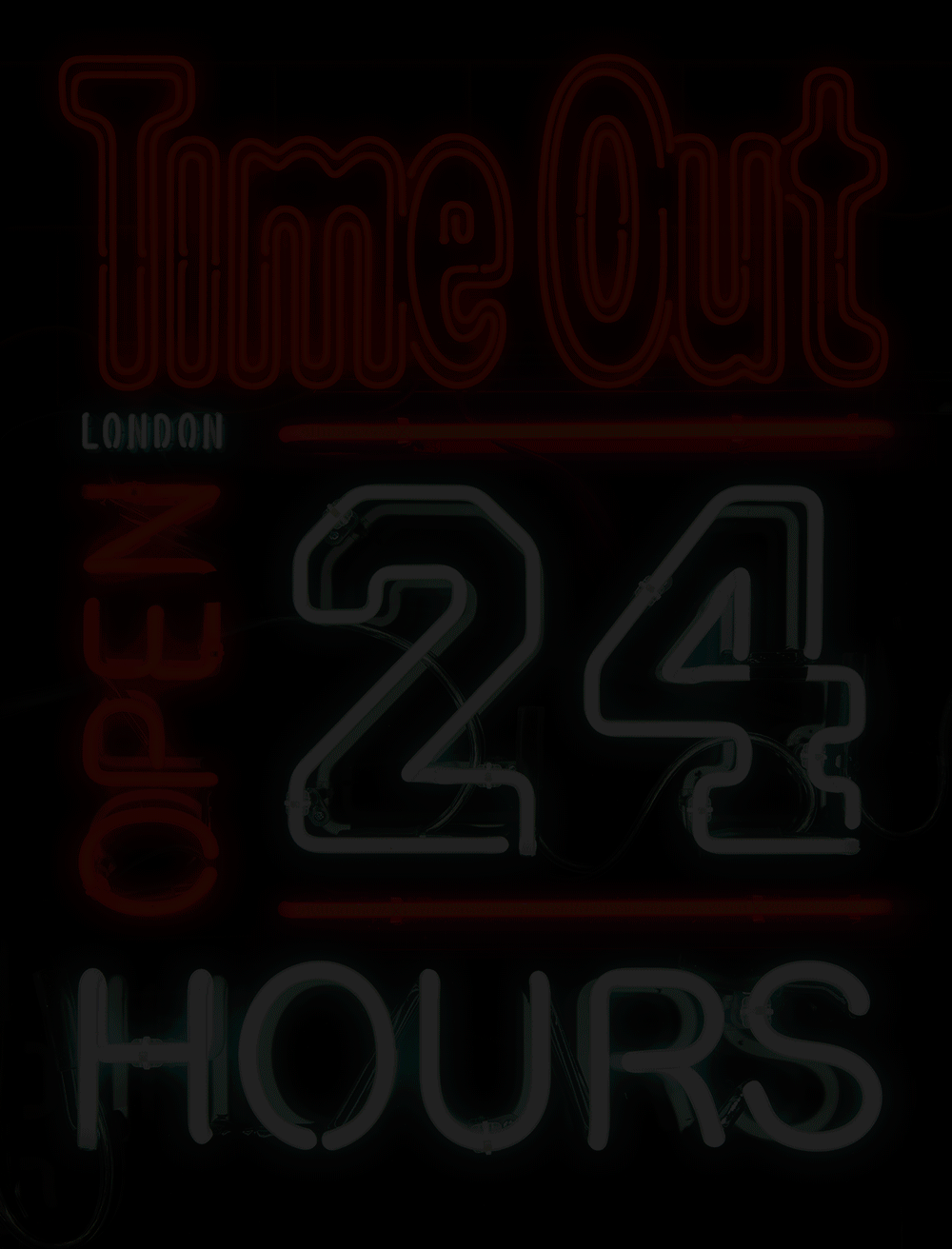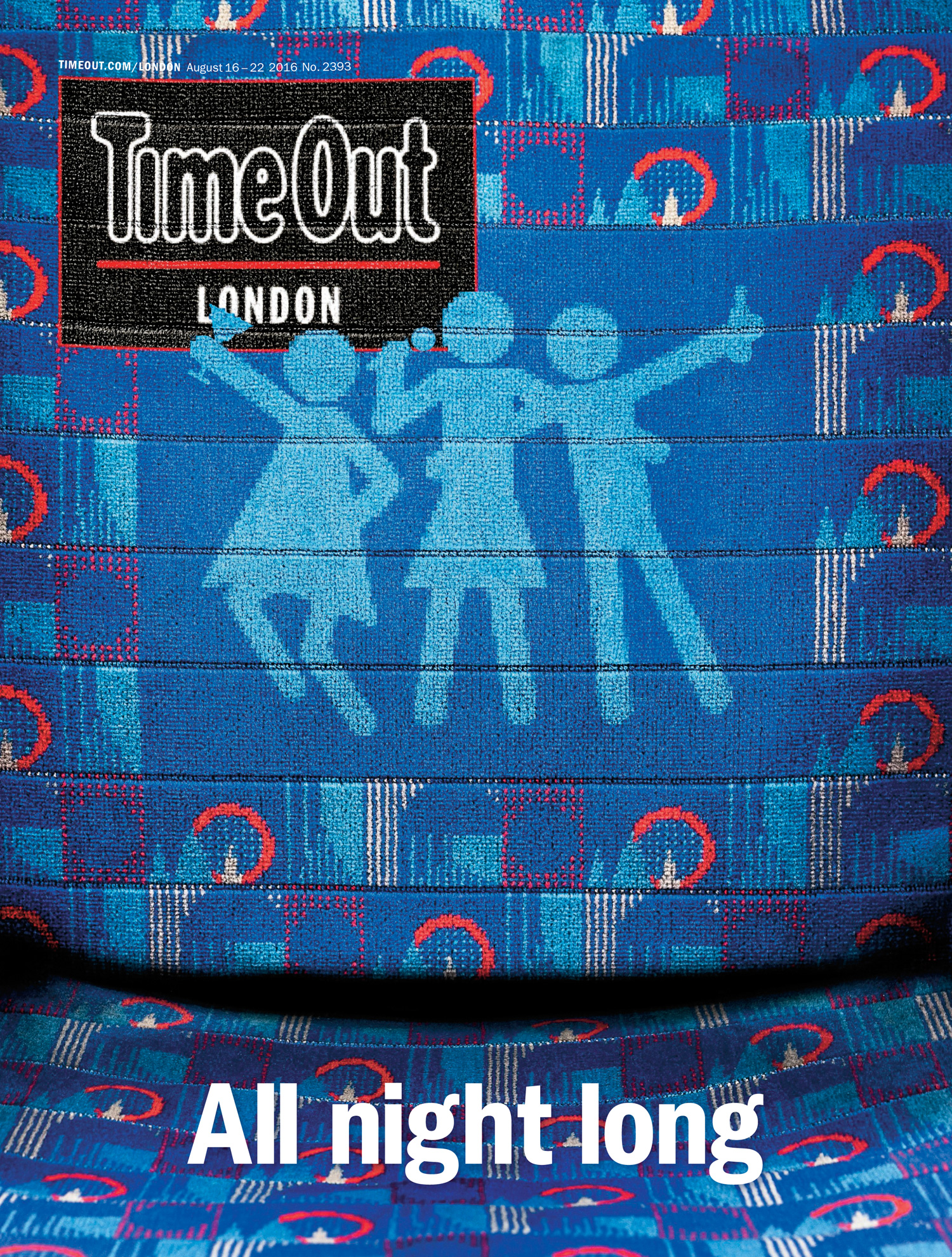Space + Time (Out)
Designing Time Out in 2016
Established by Tony Elliot in London in 1968, Time Out adapted to a new business model and audience in 2012, distributing its trusted content for free, first in London then New York.
Time Out serves a wide demographic. In London especially, 53% of its audience are 15–34, 47% are 35+.
As editor Caroline McGinn was keen to redefine the brand, its readers wanted Time Out to be simpler and quicker.
This was the main objective for the global redesign that started with the New York and London editions. It had to declutter and be the easily digestible and inspirational magazine the readers wanted it to be.
Easily browsable content was required via print as much as digital. With digital in mind, I started thinking of all content as individual blocks, much like a wall of fly posters on the street. Which led me to think...
“Could the print content act like posters?…”
A London Street Scene by John Orlando Parry c.1835
It would be all about the colour space. Not white space, colour space.
The Time Out Redesign
EST March 2016
Space as
colour
Better content hierarchy was essential to declutter the layout. I introduced a new modular grid that helped to define zones and ease navigation.
A new serif face, Tiempos Text, was introduced to complement the Time Out family Franklin Gothic. This helped create a distinct partnership between immediate, browsable content, and longer and richer stories.
Colour as
space
The new zonal thinking then allowed us to build our poster blocks, starting with the section titles.
Each colour space/section has two relative tones for flexibility.
These were then applied to formatted content such as the new ‘WHAT IS IT…’ boxes. These graphic panels for the bitesize information would act as signposts for Time Out’s bread and butter – the reviews.
With the zones defined, recurring formats could be templated to easily slot into a book that is very ad-heavy. For example, 1/4 page reviews…
Type as
character
Franklin Gothic Demi
Franklin Gothic Demi Condensed
Franklin Gothic is Time Out and we couldn’t ignore that. What we could do was explore the different weights and widths of the type family.
The goal was to create a visual personality through type that mirrored the humour and confidence of Time Out’s tone of voice. The demi condensed weight of Franklin Gothic acted as our voice for this editorial personality used in all headlines and pullquotes.
Design by Tom Havell
Film section design by Tom Havell
Photo by Andy Parsons / Design by Tom Havell
Photo by Andy Parsons / Design by Tim Clark
Photo by Andy Parsons / Design by Tim Clark
Photo by Andy Parsons / Design by Tim Clark
Design by Anamaria Stanley
As the voice of Time Out it would show you around, at times, immersing itself within the city/content.
Design by Tom Havell
Design by Anamaria Stanley
Design by Tim Clark
Design by Tom Havell
Content as
posters
Panels of pictures and type created a poster identity for content in print, digital and across social media platforms.
That was for Pancake Day! Just so you know…
The poster identity would give importance to less glamourous looking subjects.
It would also headline pieces.
It would be impactful on our social channels and help define content in a print book which is very ad-heavy.
Black and white cut outs for families of formats helped build a unified identity for the different coloured sections.
This graphic use of colour was key to the design from the poster identity to still life photography and artworked images.
Photography by Andy Parsons
Photography by Andy Parsons / Artwork by Justin Metz
Graphics as
signposts
With a multiple colour palette at play, idents and graphics are visually consistent with the relevant section's colour space to ease navigation.
*Proud Scottish designer inserts proud Scottish graphic here
Graphics and illustration by Tom Havell
Illustration as
comic art
Commissioned Illustration would act like it belonged to a graphic novel for the section and again be visually consistent with the colour space.
Design by Anamaria Stanley / Illustration by Matthew Green
Design by Tim Clark / Illustration by Greg Bunbury
Photo illustration would also relate to the relevant colour space.
Film section design by Tom Havell
Covers as
posters
Time Out is London’s most-read free title distributed on the streets, in stations, hotels and various other locations around the city. The covers act like posters for the brand and have to easily connect to an audience that is constantly on the move, adapting to the city every day.
They can come alive on digital formats…
Make statements that become massive social engagements…
Bring inspirational magic to every day scenes with photo-real illustration…
See more here
Readers loved the redesign, rating the magazines higher for inspiration, intelligence, entertainment and design.
Team / Mark Neil – Art Director
Anamaria Stanley – Studio Manager
Tom Havell – Senior Designer
Tim Clark – Designer
Ben Rowe – Picture Editor
Andy Parsons – Photographer
with Rob Greig – Photographer
—
Caroline McGinn – Editor
Anthony Huggins – Brand Creative Director
—
With thanks to Eddy Frankel and Chris Waywell for their clever heads
—
Awards / Cover of the Year, Digital Magazine Awards, 2016; 2 x Merit Winner – Cover Design, SPD 52, Society of Publication Designers Awards, 2017
—
Typefaces / Franklin Gothic by Morris Fuller Benton, Victor Caruso
Tiempos Text by Kris Sowersby, Klim Type Foundry
—
Time Out design © Time Out
